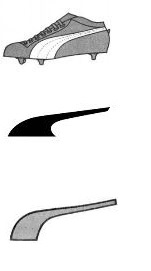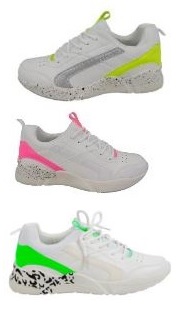Trademark agency Abcor - protect your trademark
Contact
If you have questions or want to know more about our services?Please mail: info@abcor-ip.com
Please call: 31 (0)71 576 3116
The Dutch Advertising Board disagrees. The fact that buttocks are visible does not make the commercial inadmissible. There is a clear link between the product being advertised (women's underwear), the images and the text in the commercial. No sexist or misogynous message is conveyed. The commercial is not in breach of good taste or indecent.
This is in line with earlier rulings this year. For example, another complaint against an advertisement titled 'Safety all-through winter without skidmarks' featuring a picture of a lady lowering her bikini bottom, promoting winter tires, was honoured. Nudity is allowed, as long as it's functional (source image: YouTube commercial Zeeman)
advertising-law
